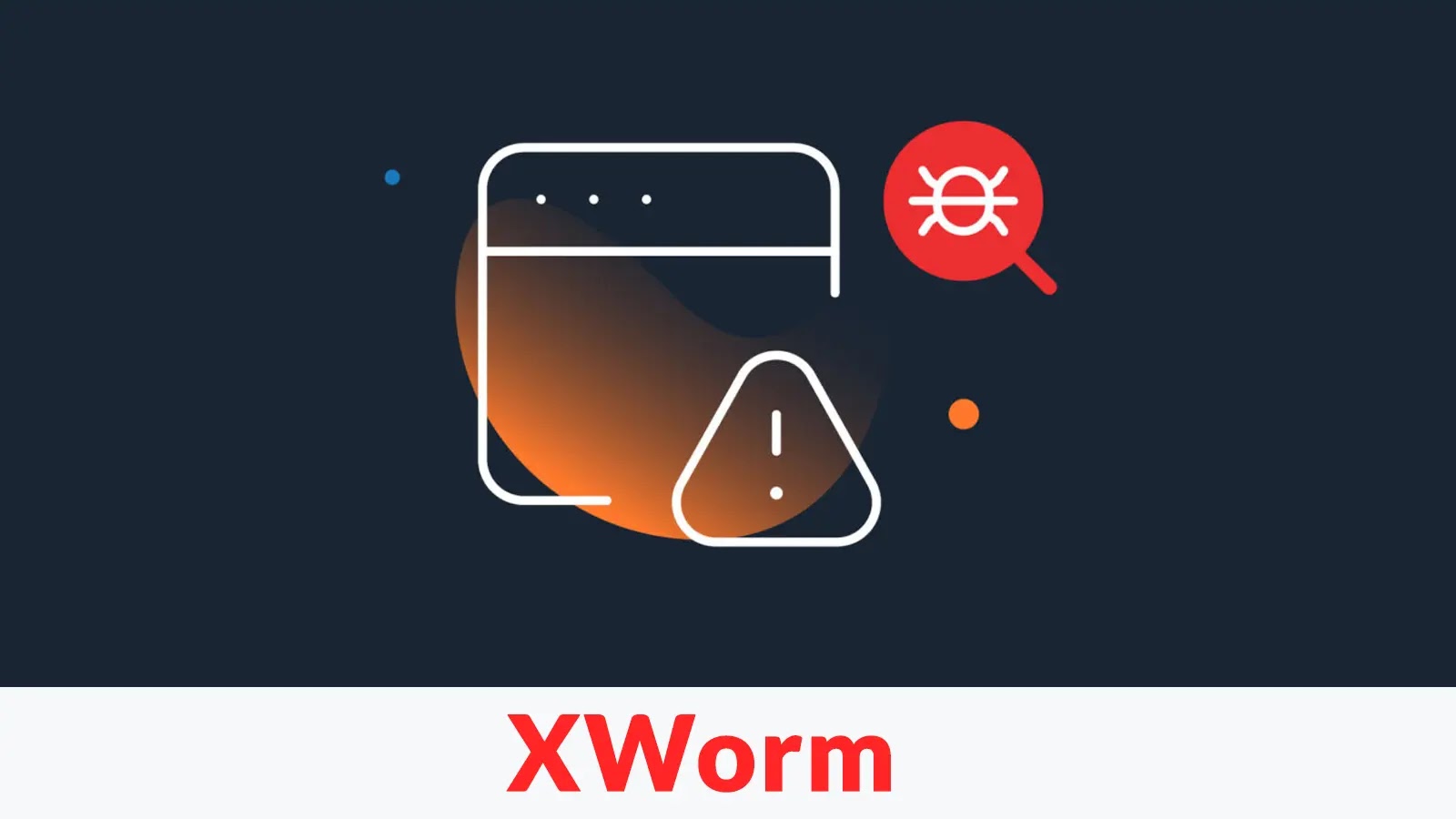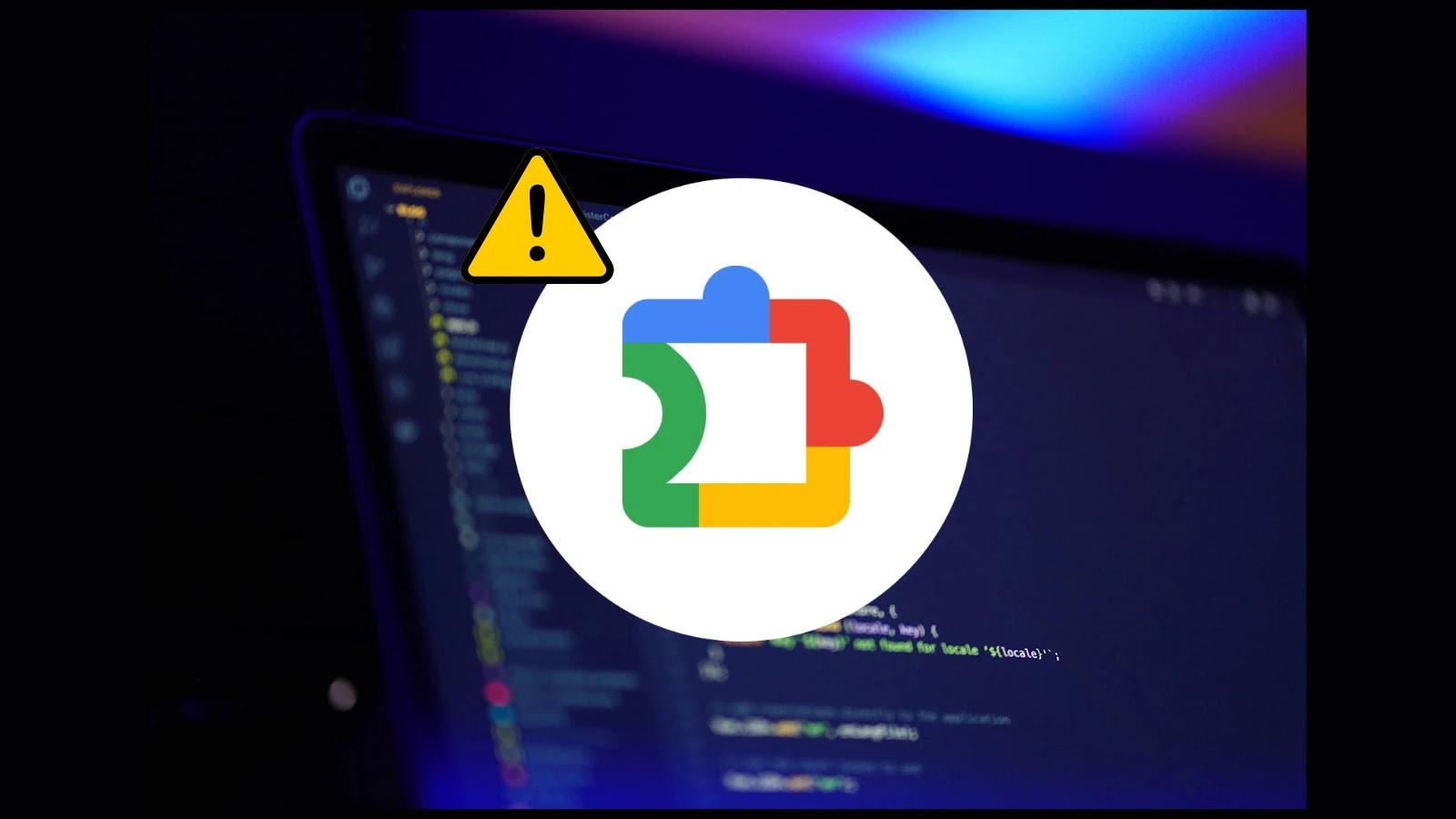Cybercriminals Exploit Fake Invoices to Deploy XWorm Malware, Compromising Sensitive Data
In a concerning development, cybercriminals are leveraging deceptive invoice emails to disseminate XWorm, a sophisticated remote access trojan (RAT) designed to clandestinely harvest login credentials, passwords, and sensitive files from compromised systems. This malware operates stealthily, initiating its malicious activities without triggering any visible alerts, thereby leaving victims unaware of the breach until significant damage has occurred.
The Deceptive Tactic
The attack commences with an innocuous-looking email, purportedly from an account officer, requesting the recipient to review processed invoices. These emails are meticulously crafted to appear legitimate, enhancing the likelihood of the recipient opening the attached file. The attachment, a Visual Basic Script (.vbs) file, is the linchpin of the attack. Upon execution, it initiates a series of malicious processes that compromise the system.
Technical Breakdown of the Attack
Once the .vbs file is opened, it executes a batch file named IrisBud.bat, which is deposited into the Windows temporary folder. This batch file employs Windows Management Instrumentation (WMI) to run silently, evading detection. The batch file then replicates itself to the user profile directory under the name aoc.bat, ensuring persistence even if temporary files are deleted.
The batch file is laden with obfuscation techniques, including the use of redundant variables and padding, to complicate analysis and detection. Within the batch file, two concealed payload sections, disguised as comments, contain encrypted malware data. A PowerShell script is then executed to read these hidden payloads, decrypt them using AES encryption with a hardcoded key, and decompress the data, culminating in the deployment of the XWorm RAT.
Capabilities and Implications of XWorm
XWorm is a potent malware-as-a-service tool that grants attackers comprehensive control over infected systems. Its capabilities include:
– Keystroke Logging: Capturing every keystroke made by the user, potentially exposing sensitive information such as passwords and personal messages.
– Screen Monitoring: Taking screenshots or recording the screen to monitor user activities.
– File Manipulation: Accessing, modifying, or deleting files on the compromised system.
– Command Execution: Running arbitrary commands, which can lead to further malware installations or system disruptions.
The deployment of XWorm poses significant risks, including data breaches, financial loss, and unauthorized access to personal and organizational information.
Broader Context and Similar Threats
The use of deceptive emails to deliver malware is not a novel tactic. Similar strategies have been observed in various campaigns:
– Remcos RAT via Weaponized PDFs: Attackers have utilized fake payment notices disguised as SWIFT copies to distribute Remcos RAT through malicious PDF attachments. These PDFs contain links that lead to the download of obfuscated JavaScript files, which subsequently execute PowerShell scripts to deploy the malware. ([cybersecuritynews.com](https://cybersecuritynews.com/hackers-using-weaponized-pdf-to-deliver-remcos-rat-malware-on-windows/?utm_source=openai))
– Kimsuky APT Group’s Use of PowerShell Payloads: The Kimsuky Advanced Persistent Threat (APT) group has been identified using heavily obfuscated PowerShell scripts to deliver XWorm RAT, highlighting the evolving sophistication of cyber threats. ([cybersecuritynews.com](https://cybersecuritynews.com/kimsuky-apt-group-uses-using-powershell-payloads/?utm_source=openai))
– Abuse of DocuSign API: Cybercriminals have exploited DocuSign’s API to send fraudulent invoices that appear authentic, making detection challenging and increasing the likelihood of successful phishing attacks. ([cybersecuritynews.com](https://cybersecuritynews.com/hackers-abuse-docusign-api/?utm_source=openai))
Mitigation Strategies
To protect against such sophisticated attacks, individuals and organizations should implement the following measures:
1. Email Vigilance: Exercise caution when receiving unsolicited emails, especially those requesting the opening of attachments or clicking on links.
2. Attachment Scrutiny: Avoid opening attachments from unknown or untrusted sources. Be particularly wary of file types that can execute code, such as .vbs, .bat, or .exe files.
3. Regular Software Updates: Ensure that all software, including operating systems and security applications, are up to date to protect against known vulnerabilities.
4. Security Awareness Training: Educate employees and users about the latest phishing tactics and the importance of cybersecurity hygiene.
5. Advanced Threat Detection: Deploy advanced email filtering and endpoint detection solutions capable of identifying and mitigating sophisticated threats.
Conclusion
The exploitation of fake invoices to deliver XWorm malware underscores the evolving tactics of cybercriminals and the importance of maintaining robust cybersecurity practices. By staying informed about emerging threats and implementing comprehensive security measures, individuals and organizations can better protect themselves against such insidious attacks.



